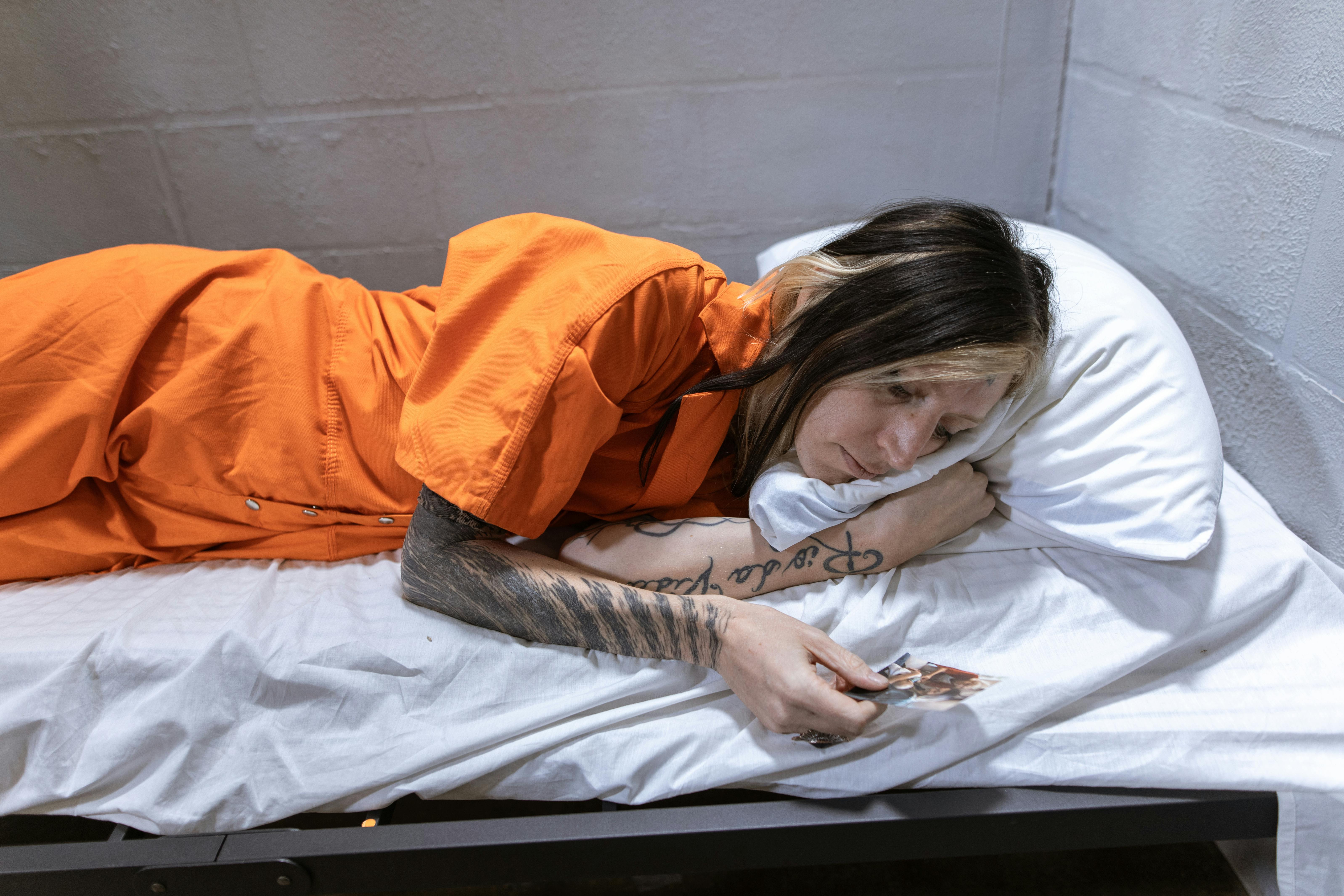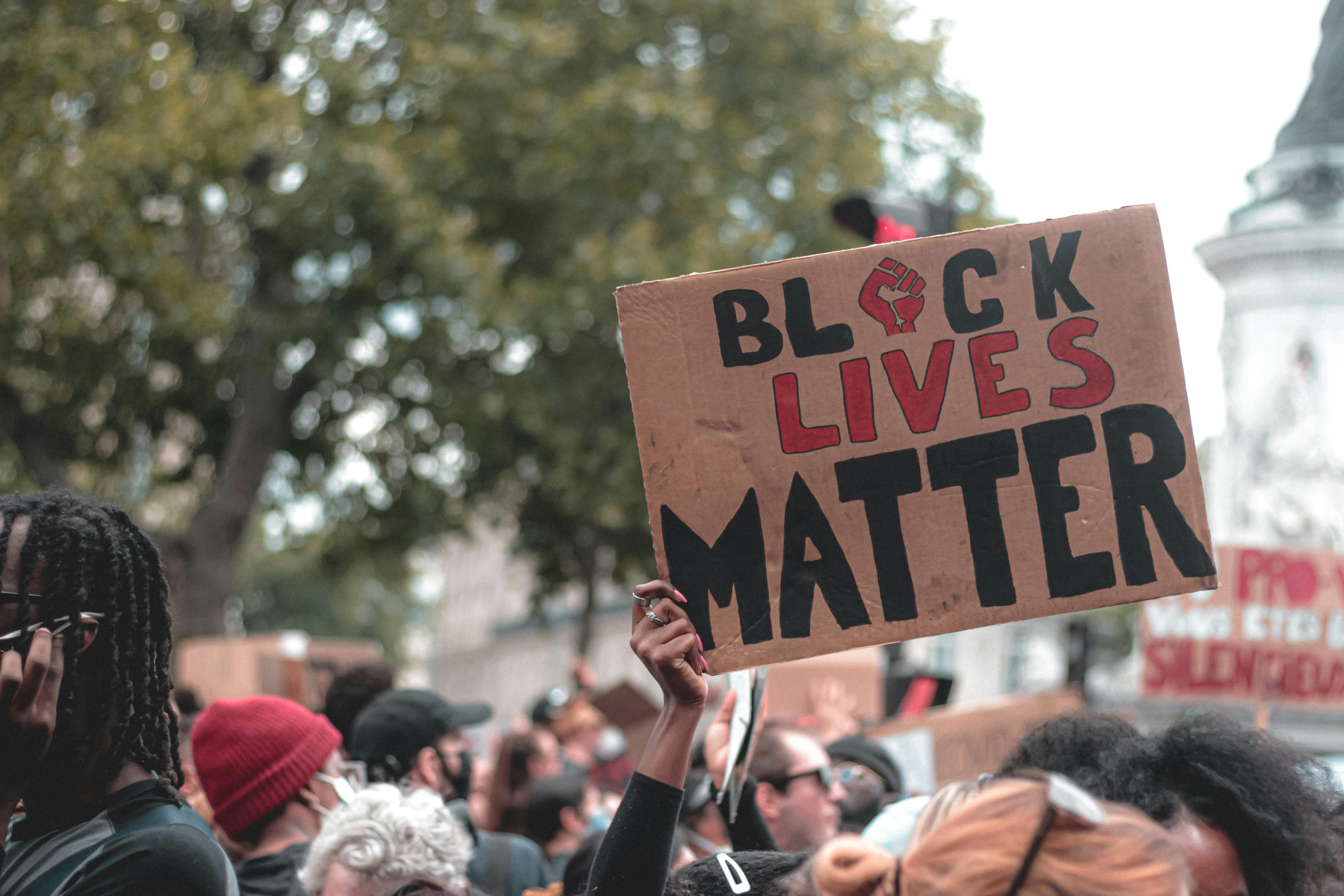Kalpana Pathak, Breaking the mold: alternative schools in India, Chennai: Westland Ltd., 2016, ISBN 978-93-85152-29-0, pp. XVI + 230, 295 rupees.
Education is a field of interest in our time. The proliferation of numerous institutes and centers that provide education and the amount of propaganda carried out are testimony to this fact. The educational scene in India is not something to admire nor does it deserve outright condemnation. There is no doubt that India does not rank among the top countries when it comes to education. According to the Legatum Prosperity Index 2016, India ranks 102nd out of 149 countries surveyed, in the field of education. Our educational system leaves much to be desired. While, on the one hand, there are people who hold IITs and IIMs as examples of success, there are a greater number who regret the rote learning approach that is characteristic of the Indian educational system.
On Breaking the mold, the author explores the world of alternative education in India and attempts to present the intensive study she has carried out in the field. The book has nine chapters plus an enlightening introduction. The chapters explain different facets of alternative education and therefore provide a good comprehensive view of alternative education in the country.
Alternative education in its broadest sense can be defined simply as everything that conventional education is not. The first impression one gets upon hearing about alternative education may be to think of it as a Western idea. If that is the case, one will be surprised to learn that there have been illustrious Indians who have also pioneered this concept locally. Famous Western names associated with alternative education are Montessori and Steiner. In the pre-independence period, social reformers and freedom fighters began to explore alternatives to the educational system of the time. Rabindranath Tagore, Mahatma Gandhi, Sri Aurobindo and Mother, Jiddu Krishnamurthi and Gijubhai Badheka emphasized experiential learning and innovative pedagogy (p. 19). For some of these people like Tagore, the search for an alternative education method grew out of their own negative experience with general education.
The first chapter, despite being called ‘The origins and history of alternative education’, offers very little about it. In fact, what it does is give a brief history of education in India, starting from the Vedic period to medieval and modern and culminating in the post-independence period. The final part of the chapter introduces the concept of alternative education and briefly describes the reasons for its origin.
Chapter two is lengthy as it deals with the ‘Philosophies of Alternative Education Thinkers and Their Schools’. This is perhaps the most crucial chapter in the book, as it forms the foundation on which all further explanation depends. The author examines the philosopher’s situation in light of his views on education. He then goes on to carefully describe even the finest details, an institute associated with the philosopher.
The third chapter discusses the rationale for alternative schools and their views on educational components such as classrooms, pedagogy, arts and crafts, physical activity, and assessment and study material. The next chapter is also a very important chapter from the book’s point of view, as it presents the ‘Advantages, Disadvantages and Myths of Alternative Education’. To emphasize the point, the author compares alternative education with general education and thus shows the advantages and disadvantages of such a system. The advantages far outweigh the disadvantages and myths, thus showing a favorable inclination towards alternative education. The myths and disadvantages are presented although not in a completely neutral way; the author tends to be defensive against alternative schools.
The fifth chapter analyzes the ‘Challenges for alternative schools’. Once again the challenges presented are decisive but receive a subtly skewed representation. The author mitigates the potency of these challenges and makes it appear that they are minor obstacles that alternative education can overcome. A closer and more critical examination will reveal that they are not as easy to put aside as the author makes it seem. Obviously, chapter six is added for dramatic effect and recounts interviews with students, parents, and a teacher associated with alternative schools. At this point, the author seems to get aggressive with the concept of alternative education. The repeated emphasis on the goodness of alternative education works on the unconscious mind in much the same way as advertising.
Chapter seven assesses the ‘Impact of the Right to Education Act (RTE) on alternative schools’. RTE threatened the ideology of alternative education and brought it to its knees. The emphasis on infrastructure and teacher qualification, for example, placed a heavy burden on the small budget of these schools and the voluntary nature of their teachers. Chapter eight briefly deals with the topic of “Homeschooling and Alternative Education.” The author ends the book with a detailed directory of alternative schools in India. As I was going through the list, I noticed that the largest states were mostly mentioned. I did a little search myself and came across a site (Alternativeeducationindia.net) that acts as an online directory for all registered alternative schools. The author gives a brief description of each school and provides their contact details and address.
The book explores the lesser-known competitor to mainstream education. However, the author bathes alternative education in milk and honey and presents it in a glorified way. On some occasions the author has repeated citations in an attempt to pierce a point. Such repetitions get boring after a while. The images that accompany the text are a failure as they are not clear due to their conversion from color to grayscale. The back cover reads: “All in all, a must-have item on every parent’s shelf.” I am sorry I disagree. While reading this may influence some parents to place their children in an alternative school, most parents will find that option unfeasible despite the attractiveness of the concept. Basic factors such as proximity and transportation should be considered before enrolling a child in school. While alternative schools are cheaper, they are not always located in the immediate vicinity due to their pedagogical requirements. The book is certainly very informative but suffers from numerous grammatical errors and typographical errors. The author deserves credit for visiting those schools first-hand and collecting data and feedback. His presentation, however, lacked journalistic neutrality, but was composed with the thoroughness and style characteristic of a journalistic training.



